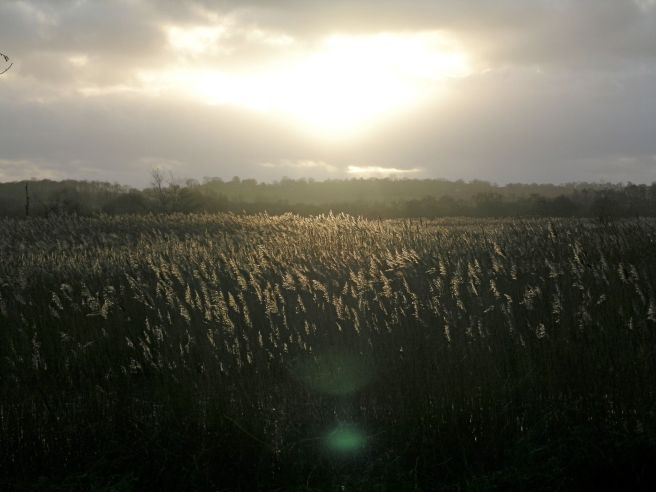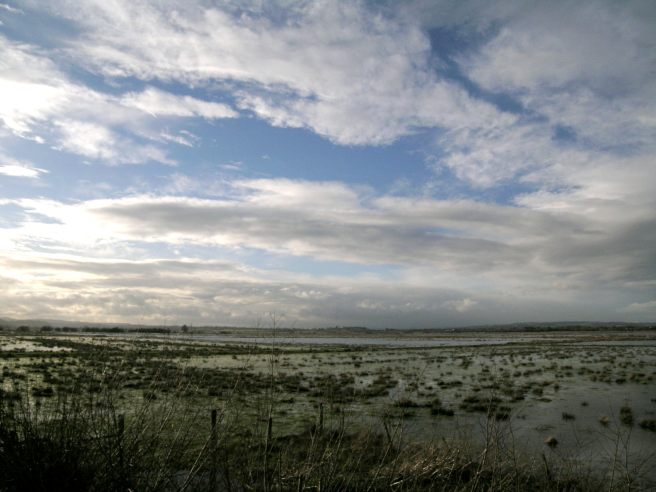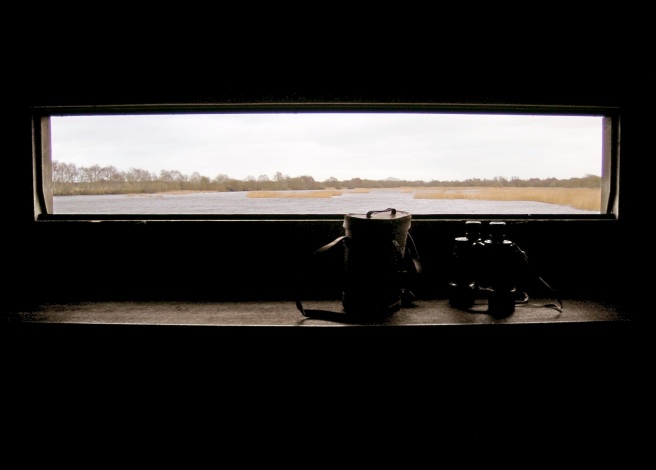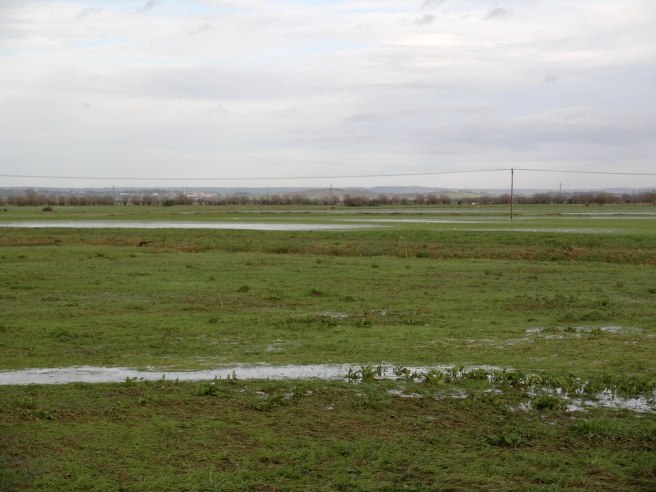 What a pleasure – and a privilege – to be able to say welcome to this handy spot; for the sharing of thoughts, ideas and progress relating to what is (surely!) a unique and special project as it unfurls over the coming months…
What a pleasure – and a privilege – to be able to say welcome to this handy spot; for the sharing of thoughts, ideas and progress relating to what is (surely!) a unique and special project as it unfurls over the coming months…
As some of you know, I have already undertaken two expeditions to the Levels. The first, before Christmas for the Fair at the Willow and Wetlands Centre was very ‘people’ orientated. Here, amidst a plethora of fascinating and stimulating conversations, I was further struck by the potential for the centre’s indigenous raison d’etre – salix, the willow – as the raw material in vessels, ‘magic lanterns’, illuminated by animated light. In this I have a bit of previous, having received some golden tutelage from virtuoso sculptor Laura Ellen Bacon a couple of years back. I’m planning to revisit this territory in the not-too-distant future…

The second trip last week constituted my first serious foray into the landscape. First impression on striding out; apart from being rich, diverse and beautiful this is, well…. flat! Not as flat as Norfolk for example, but for a mountain dweller (such as I am) it’s quite breathtaking to see such HUGE skies. One feels very small in all this space, which is not necessarily a bad thing – a bit of perspective never hurt anyone. I found that this unfamiliar topography did precipitate something of a lens shift (in a compositional sense); in the hills and mountains one becomes intrigued by the zoomorphic forms of ridges and peaks (often evident in place-names). Here, the verticals that cut through the horizontal line assume a pivotal role; a lonely tree, a quirky tin shed, a telegraph pole, a bull-rush dancing in the wind… though sometimes an absence of any such device only serves to emphasize the sense of space and light.

A fortnight ago, by coincidence (given my renewed avian leanings), my mother visited the famous RSPB reserve at Minsmere in Suffolk. On arriving, she informed the welcoming and infectiously enthusiastic volunteers that she’d waited forty years for this trip. You see, as a little fella, my grandfather took me to Minsmere for the weekend on what my grandmother referred to as a ‘boys outing’. My mother, who has a keen interest in the natural world, was left at home; hence the decades of waiting. Back with ‘the boys’, now ensconced in a hide, scanning the marshland of the reserve with his sharp eyes, my grandfather told me that if we were lucky we might catch a glimpse of the incredibly rare marsh harrier. We didn’t. A couple of years later, we all went on holiday to Mid-Wales, where I was captivated by the sight of red kites – then also very rare indeed – wheeling over the RSPB reserve at Ynys Hir, not too far from where I now live with my family.

Last Tuesday, shortly after hearing about Minsmere from my mother, as I sat in the Decoy Hide at Shapwick Heath looking out over the lake towards Glastonbury Tor, these memories came flooding back. I had my grandfather’s field glasses with me – the ones he’d been issued with as an artillery officer in the Second World War. They give a beautifully crisp yet softly coloured and filmic image of the landscape which belies the terrible purpose for which they were manufactured. Perhaps age and more gentle acquired experience has softened their vision.

My family taught me to observe, to be inquisitive – and allowed me time to reflect, all vital attributes in my life as an artist and indeed, for any archaeologist, anthropologist, ornithologist… I hope to pass them on through opportunities such as this.
Given these memories, powerful thoughts stirred the following day when, peering across the dramatic (and noisy – thousands of ducks!) wetland landscape at RSPB Dewlands Farm in the company of Damon Bridge (guardian of the cranes, thankfully, equipped with far more contemporary optical equipment than mine!), a marsh harrier danced across the circular universe visible within my binocular lens. My first one, in stuttering flight amidst a small cloud of angry wildfowl…
Birds are universally associated with the human spirit. An archaeologist once suggested to me that the music emanating from the earliest known instrument, a palaeolithic vulture bone flute might have represented the means for the soul to take flight. So perhaps, here in the form of the elusive marsh harrier so absent from our Minsmere expedition, was my grandfather – who did much to ignite the spark of a passion for the natural world that has propelled my career; an animated light which will, I know, be greatly fueled by this extraordinary landscape.
PS. This raptor-powered encounter with my ancestors shouldn’t diminish another memorable and significant moment: just up the road at Aller Moor Damon and I counted over fifty cranes! Too spiritual! What a day…
Here they all are: almost invisible in the landscape, as was always the case with my grandmother’s ‘wildlife photo’s’ (eg. an otter in the Loire taken from a distance of 500 yards with a Kodak Instamatic… “where exactly…? I can’t quite make it out Grandma…”)
